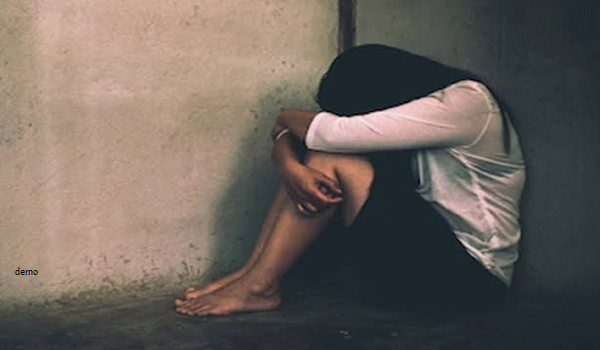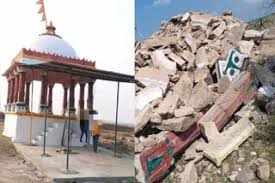Bhilwara : A unique tradition has been going on for many years in Ropa village of Shahpura district of Rajasthan. Here on the festival of Dussehra Ravana is not burnt but is killed. The interesting thing is that there is a ten feet high permanent statue of Ravana here for 85 years. It is made of cement and stone. The highest bidder becomes Ram. On Dussehra, the permanent statue is painted and prepared for slaughter. The villagers believe that how can a human being burn the knowledge from which Lakshman has acquired.
It is called Ravana’s village
Due to the permanent statue of Ravana at the village crossroads, the nearby villages also call Ropa ‘Ravana’s village’. Sarpanch Satyanarayan Dhakad told who started the tradition of killing Ravana. There is no concrete information about this, but the tradition of celebrating Dussehra festival has been going on in the village since the time of our ancestors. Earlier, a clay statue of Ravana was made at the village crossroads. It was made of cement many years ago.
Lanka Dahan a day ago
Lanka Dahan takes place a day before the killing of Ravana. The procession of Thakur ji is taken out from Lord Charbhuja Nath temple of the village. Also, the child actor playing Hanuman reaches Ravana Chowk, where Lanka Dahan takes place. Ravana was a scholar and devotee of Shiva. At the last moment, at the behest of Lord Shri Ram, Lakshman attained knowledge by standing near the feet of Ravana. The villagers believe that in such a situation it cannot be burnt.
Ram-Lakshman were selected by bidding
There is a bid to become Ram-Lakshman. The one who bids the most becomes Ram-Lakshman. Lord Charbhuja Nath kills Ravana with the spear kept in the temple. To kill, a pot is tied on the stomach of the permanent statue of Ravana. Ram kills by breaking the pot with his spear. The amount collected from the auction is spent on religious events.


